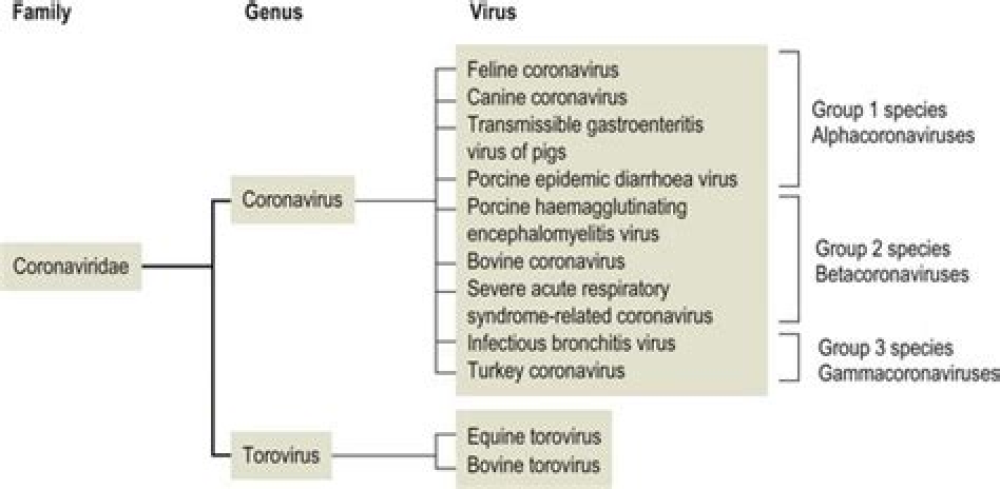Authors: Rebecca J. Cox & Karl A. Brokstad Nature Reviews Immunology volume 20, pages581–582 (2020)
Recent reports that antibodies to SARS-CoV-2 are not maintained in the serum following recovery from the virus have caused alarm. However, the absence of specific antibodies in the serum does not necessarily mean an absence of immune memory. Here, we discuss our current understanding of the relative contribution of B cells and T cells to immunity to SARS-CoV-2 and the implications for the development of effective treatments and vaccines for COVID-19.
COVID-19 is caused by infection with SARS-CoV-2, which is a member of the coronavirus family. There are currently four human coronaviruses (HCoVs) that cause respiratory infections or the ‘common cold’ (namely, 229E, NL63, OC43 and HKU1), as well as three coronaviruses that have arisen through zoonosis and cause severe diseases in humans, namely, SARS-CoV, MERS-CoV and SARS-CoV-2, which emerged in 2003, 2012 and 2019, respectively. Immunity after infection with the coronaviruses may last from months to several years1. Interestingly, cross-reactive immune responses to HCoVs may be boosted after severe infection; 12 of 20 patients infected with SARS-CoV had at least fourfold increases in IgG that cross-reacted with OC43 and/or 229E HCoVs2. It is still unclear how long immunity to SARS-CoV-2 lasts after recovery from infection. A recent report suggesting that antibodies to the virus may only be maintained for 2 months has caused speculation that ‘immunity’ to the virus may not be long lived3. Similarly, a rapid decline in antibodies was reported in mild cases4, although with a half-life of approximately 21 days for IgG we would expect this decrease. It is important to remember that memory B cells and T cells may be maintained even if there are not measurable levels of serum antibodies. Below, we outline our current understanding of B cell and T cell immunity to SARS-CoV-2 and potential immune correlates of protection that could inform vaccine efficacy studies
For More Information: https://www.nature.com/articles/s41577-020-00436-4
